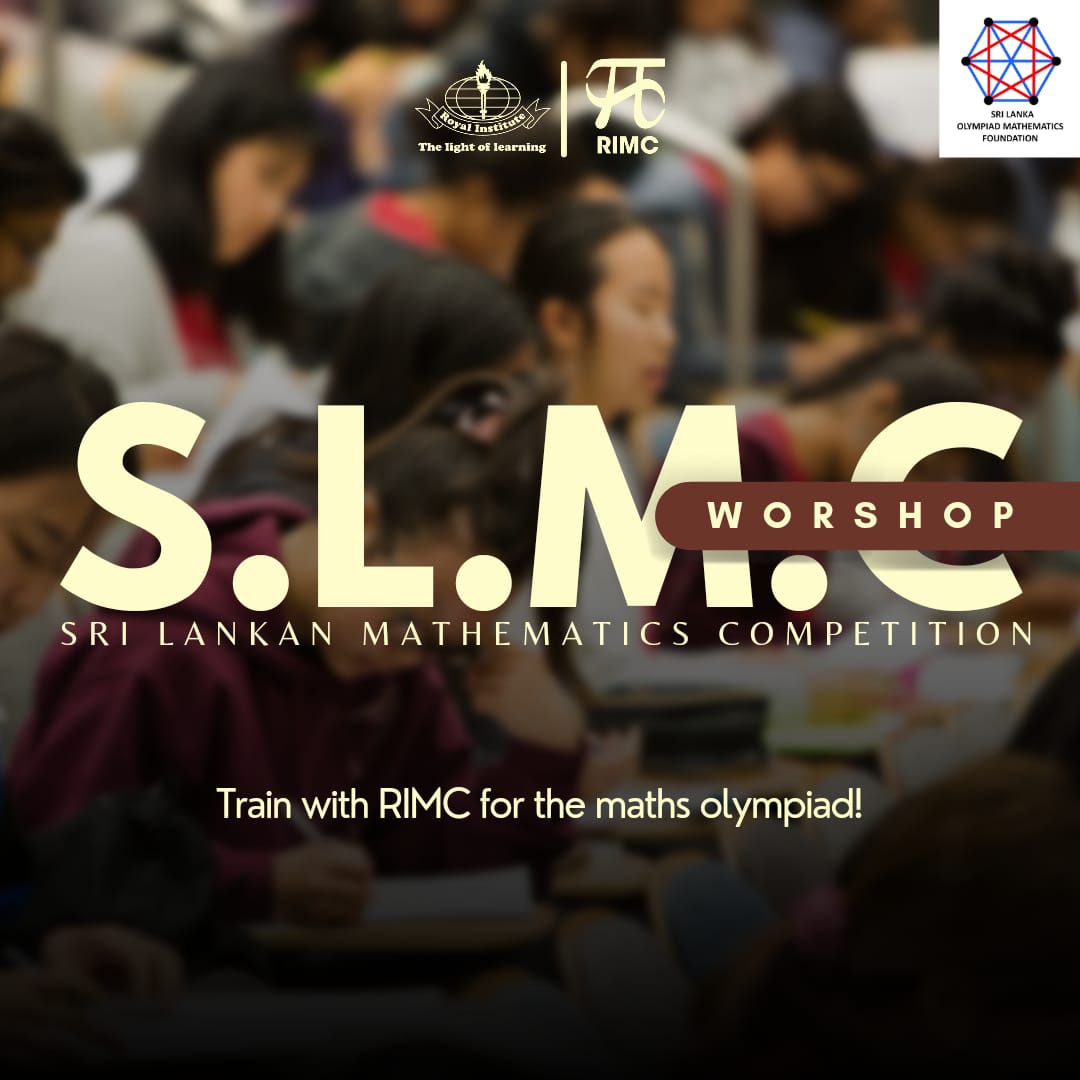The Sri Lankan Civil War

INTRODUCTION
The Sri Lankan Civil war was fought in Sri Lanka from 1983 to 2009. The immediate reason for this was because the Tamil’s in Sri Lanka felt discriminated against by the government, due to the “Sinhala Only Act” passed by the then Prime Minister Mr. S.W.R.D. Bandaranayake.
Outbreak of the war
As a result of the discouraged feelings the Tamils had towards the government, some Tamil youth went against the government. These youths formed the Liberation Tigers of Tamil Eelam(LTTE) under Vellupillai Prabhakaran to rebel against the Sri Lankan government.
The LTTE carried out several low profile hit and runs’ on some pro-government politicians until July 23 1983, where they ambushed a fifteen-man army patrol(callsign: four four bravo) and killed thirteen of the soldiers which marked the start of the 26 year long war .
Phases of the War
The Sri Lankan Civil war was broken down to four main parts
1)Eelam War I
Eelam War I is the name given to the initial phase of the armed conflict between the government of Sri Lanka and the seperatist terrorist group LTTE.
2)Eelam War II
Eelam War II is the name given to the second phase of armed conflict between the Sri Lankan military and the separatist terrorist Liberation Tigers of Tamil Eelam. The war started after the failure of peace talks between the Premadasa government and the LTTE. This phase of the war was initiated by the LTTE who massacred almost 600 Sinhalese and Muslim police personnel after they were ordered by the Premadasa government to surrender to the LTTE. The truce was broken on June 10, 1990 when the LTTE in October expelled all the 28,000 Muslims residing in Jaffna.
3)Eelam War III
Eelam War III is the name given to the third phase of armed conflict between the Sri Lankan military and the separatist Liberation Tigers of Tamil Eelam. After the period of 100 days cease-fire the hostilities broke out on 19 April 1995. The LTTE – Sea Tigers planted explosives in two gun boats known as SLNS ‘Sooraya’ and ‘Ranasuru’, and blew them up. Eelam War III also marked the rising success of the LTTE, as they managed to capture key districts such as Kilinochchi and Mullaitivu, and took over the Elephant Pass base. By the end of Eelam War III, the LTTE had control of nearly 30% of the entire island.
4)Eelam War IV
Eelam War IV is the name given to the fourth phase of armed conflict between the Sri Lankan military and the separatist Liberation Tigers of Tamil Eelam (LTTE). Renewed hostilities began on the 26 July 2006, when Sri Lanka Air Force fighter jets bombed several LTTE camps around Mavil Aru anicut. The government’s casus belli was that the LTTE had cut off the water supply to surrounding paddy fields in the area.
End of the War
On 13 May, the UN Security Council issued the following press statement, “The members of the Security Council strongly condemn the Liberation Tigers of Tamil Eelam (LTTE) for its acts of terrorism over many years, and for its continued use of civilians as human shields, and acknowledge the legitimate right of the Government of Sri Lanka to combat terrorism. The members of the Security Council demand that the LTTE lay down its arms and allow the tens of thousands of civilians still in the conflict zone to leave. The members of the Security Council express deep concern at the reports of continued use of heavy-calibre weapons in areas with high concentrations of civilians, and expect the Government of Sri Lanka to fulfil its commitment in this regard.”
On 16 May 2009, Sri Lankan troops broke through LTTE defences and captured the last section of coastline held by Tamil Tiger rebels. The army reported it was set to “clear” remaining rebel-held land within days. Later the military claimed, citing allegedly intercepted LTTE communications, that rebels were preparing for a mass suicide after being effectively cut off from escape routes. Some rebels were reported to have blown themselves up.
16 May: Sri Lanka declares victory
Addressing the G11 summit in Jordan, President Mahinda Rajapaksa stated “my government, with the total commitment of our armed forces, has in an unprecedented humanitarian operation finally defeated the LTTE militarily”. Sri Lankan Commander of the Army Sarath Fonseka also declared victory over LTTE. Sri Lankan troops raced to clear the last LTTE pockets of resistance. As the last LTTE strongpoints crumbled, Sri Lankan troops killed 70 rebels attempting to escape by boat. The whereabouts of LTTE leader Vellupillai Prabhakaran and other major rebel leaders were not certain.
17 May: Tigers admit defeat
The LTTE finally admitted defeat on 17 May 2009, with the rebels’ chief of international relations Selvarasa Pathmanathan saying, “This battle has reached its bitter end … We have decided to silence our guns. Our only regrets are for the lives lost and that we could not hold out for longer
The LTTE finally admitted defeat on 17 May 2009, with the rebels’ chief of international relations Selvarasa Pathmanathan saying, “This battle has reached its bitter end… We have decided to silence our guns. Our only regrets are for the lives lost and that we could not hold out for longer
18 May: First claim of Prabhakaran’s death
The Sri Lankan armed forces claimed that the leader of the LTTE, Velupillai Prabhakaran, was killed in the morning of 18 May 2009. Troops attached to Task Force VIII of Sri Lanka Army, reported to its commander, Colonel G.V. Ravipriya that a body similar to Velupillai Prabhakaran has been found among the mangroves in Nandikadal lagoon. By noon, Army Commander Sarath Fonseka officially announced Prabhakaran’s death.
Ryan Kularathne



